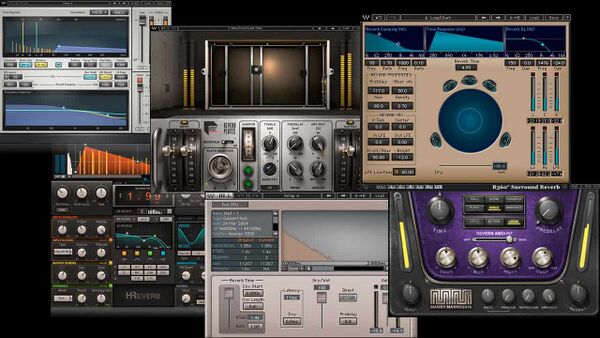Difference between revisions of "Plugins1 - Reverb Assignment"
From MusicTechWiki
| Line 23: | Line 23: | ||
==Deliver In Canvas== | ==Deliver In Canvas== | ||
{{Resources:Canvas_Deliver_URL_Not_Plain_Text_-_Transclude}}# Include a brief written description of what reverb settings you used for each tracks | {{Resources:Canvas_Deliver_URL_Not_Plain_Text_-_Transclude}}# Include a brief written description of what reverb settings you used for each tracks | ||
| − | [[Category: | + | [[Category:To-Delete]] |
| − | |||
Latest revision as of 19:57, 4 September 2024

For this exercise, we want you to experiment with the different parameters and settings of a reverb plugin. While the settings we use in this exercise may not be typical for the given instrument, it gives us a chance to have fun and be creative. Explore the different types of reverb plugins as well as their settings and parameters.
Instructions
- Download these multitracks: Billy Cobham - Clouds - Multitracks
- This link has a Pro Tools session prepped and ready to mix
- If you aren't using Pro Tools, import the audio files to organize in your DAW
- Set up sends and returns for each group of audio tracks (snares, toms, overheads)
- You can use individual sends for each track for more varied options
- OR on Subgroup Tracks
- On each return auxiliary track, insert a reverb plugin with a different setting (room, hall, chamber, etc)
- EXAMPLE:
- Set up a send and return for the Snare tracks
- Insert a reverb plugin with a Room setting
- Set up a send and return for the Hi Hat track
- Insert a reverb plugin with a Hall setting
- Set up a send and return for the Toms tracks
- Insert a reverb plugin with a Chamber setting
- EXAMPLE:
- For this exercise, let's set all reverb plugins on the aux tracks to 100% wet
- Feel free to start with a preset and then adjust different parameters
- Play with the Length/Time, Predelay, Reflections, Tail, etc.
- Bounce or export a stereo audio file
- Upload to an audio file-sharing service
- YouTube, Mixup, Dropbox, Google Drive, SoundCloud, etc.
Deliver In Canvas
- Post a link to your Audio File
- YouTube, Mixup, Dropbox, Google Drive, SoundCloud, etc.
- Make sure it is a functional hyperlink (not just plain text)
- Configure your sharing permissions so anyone with the link can listen
- Include a brief written description of what reverb settings you used for each tracks